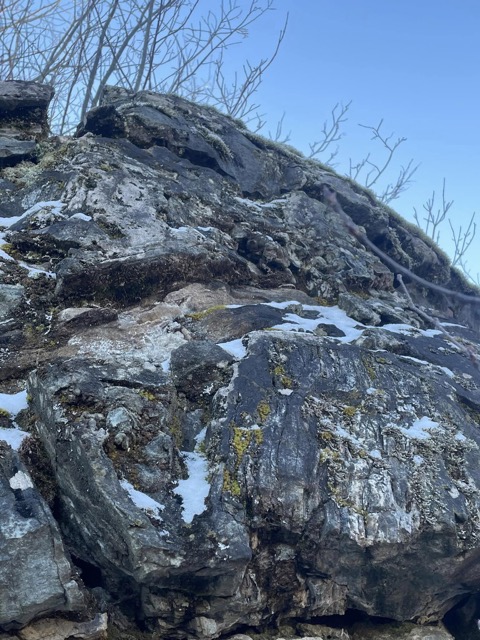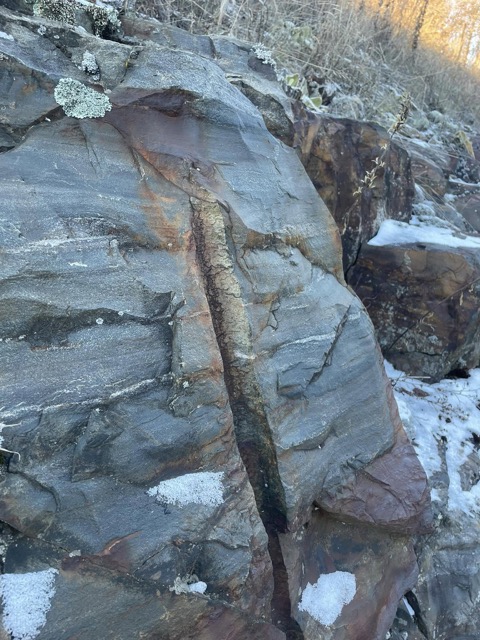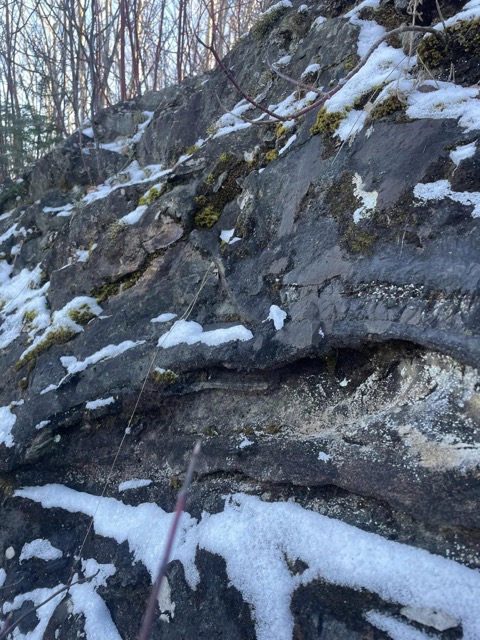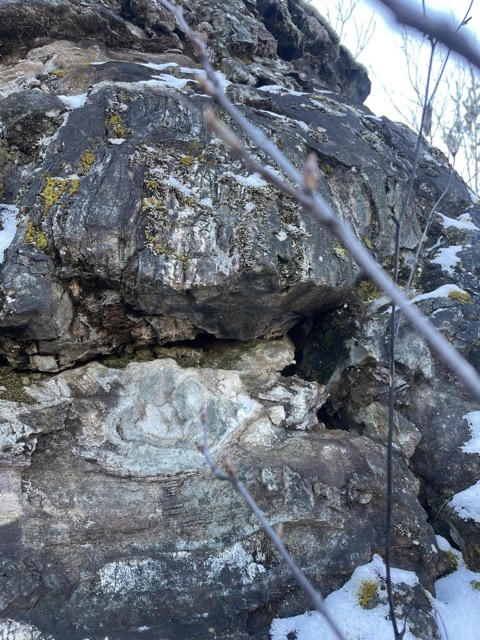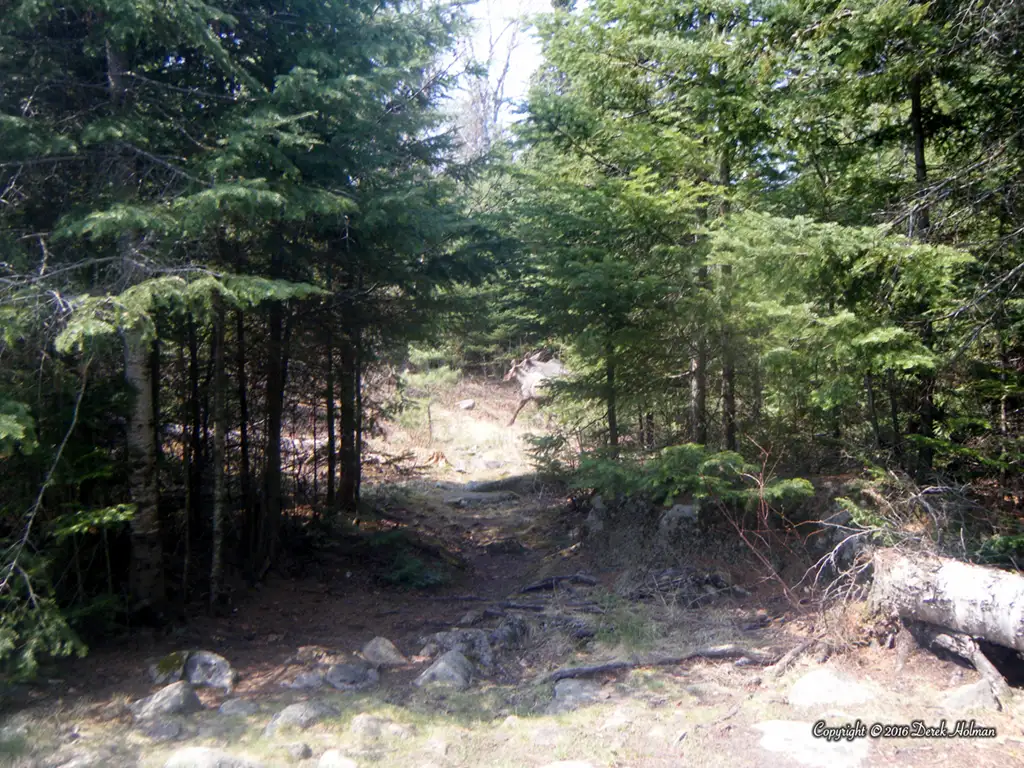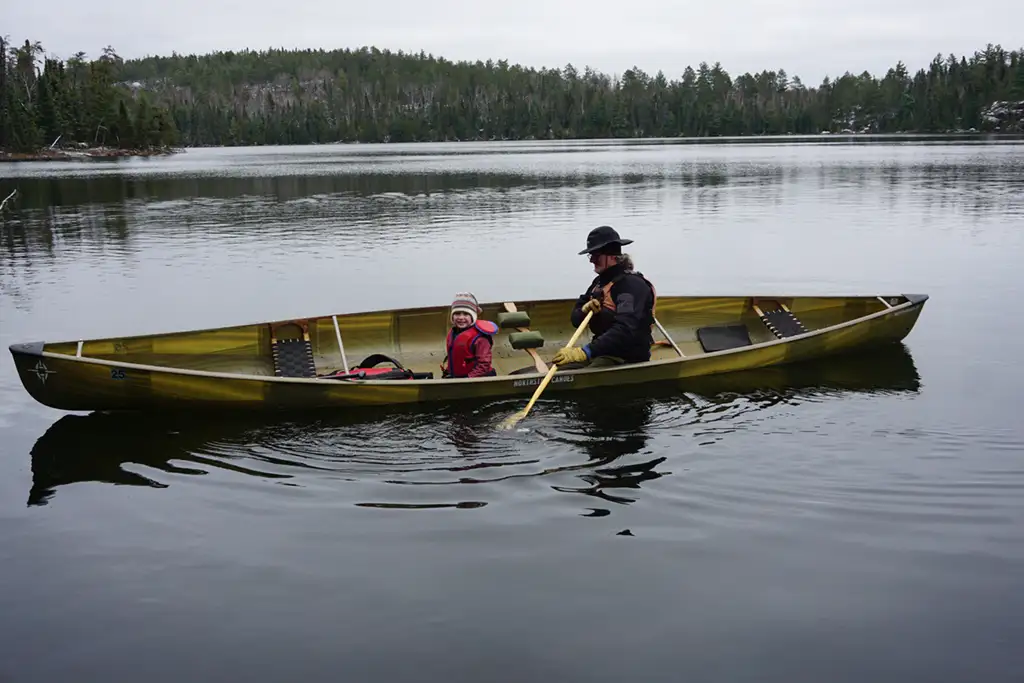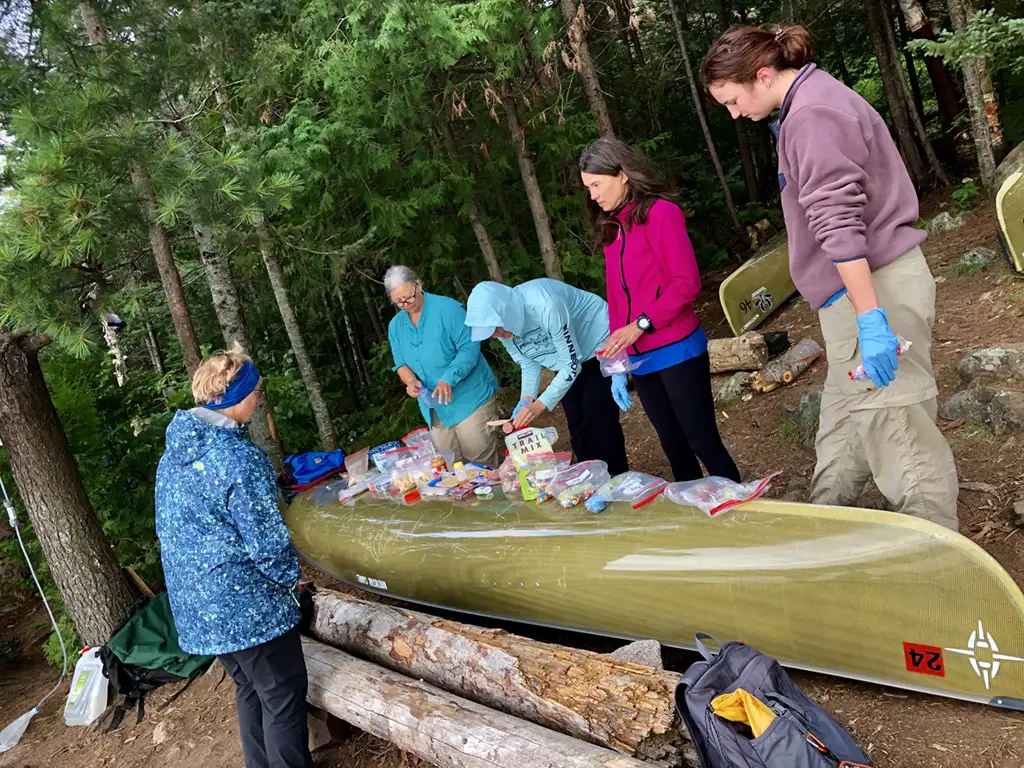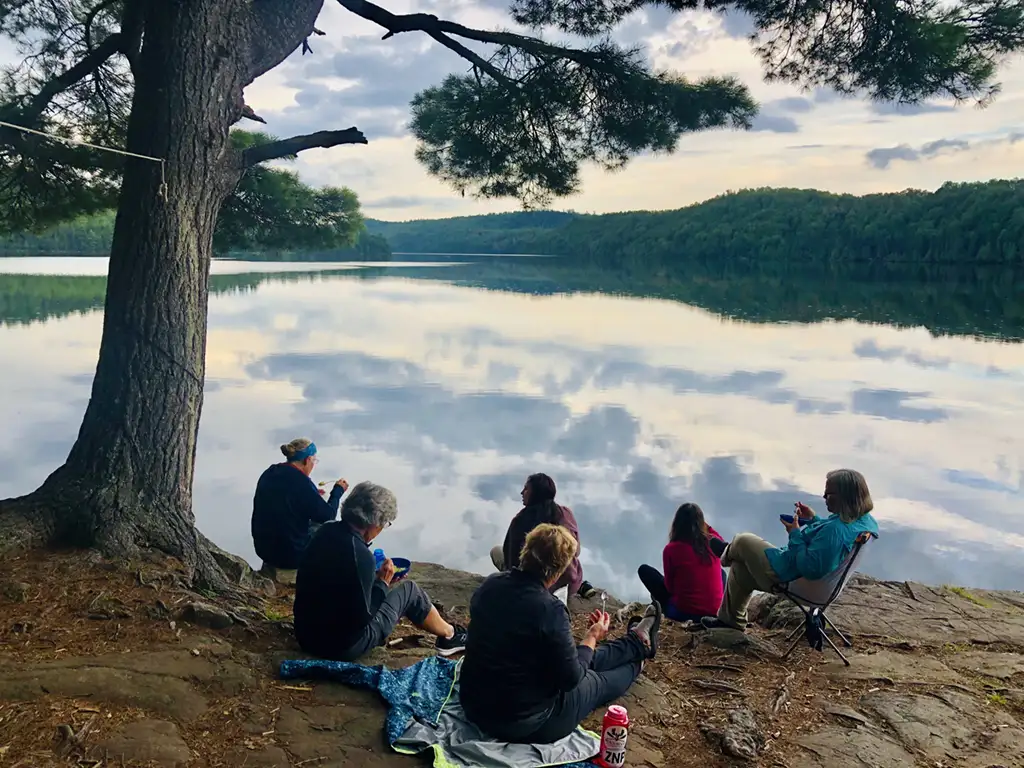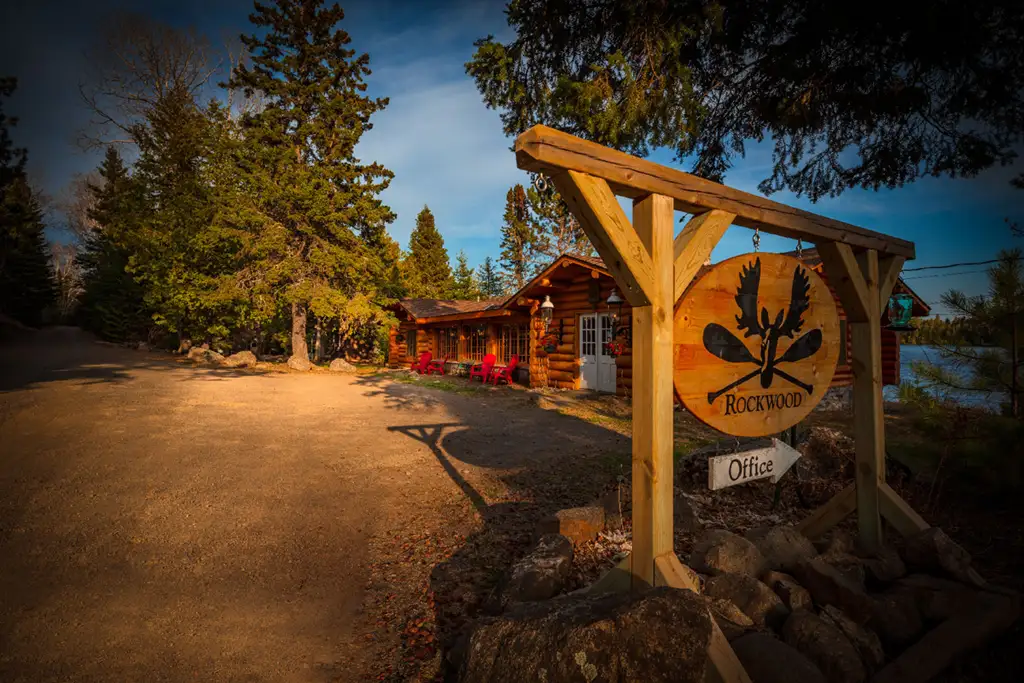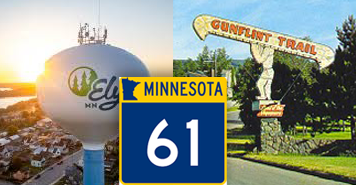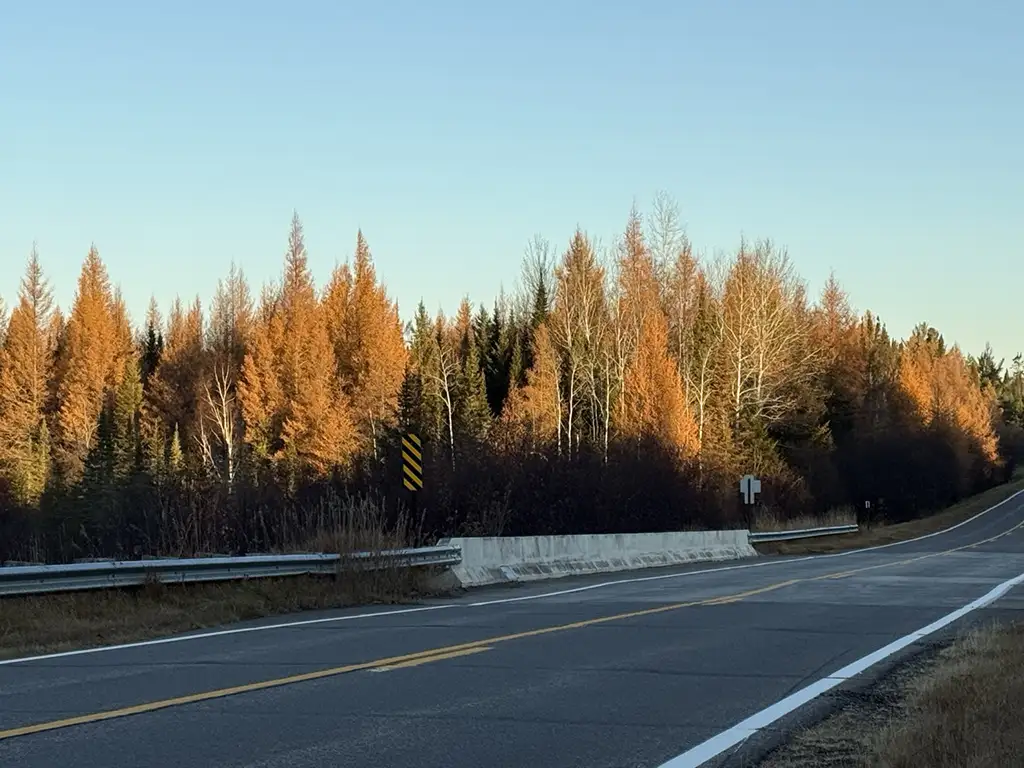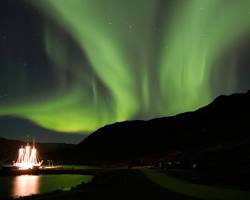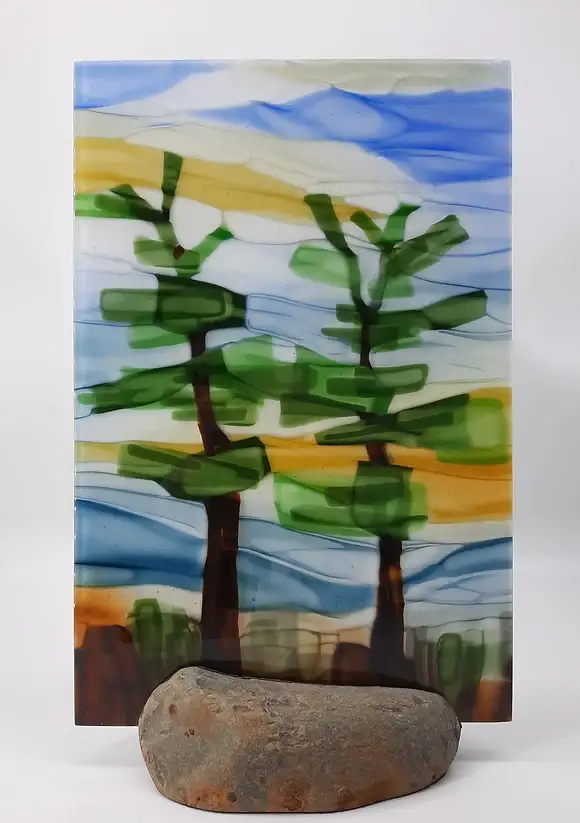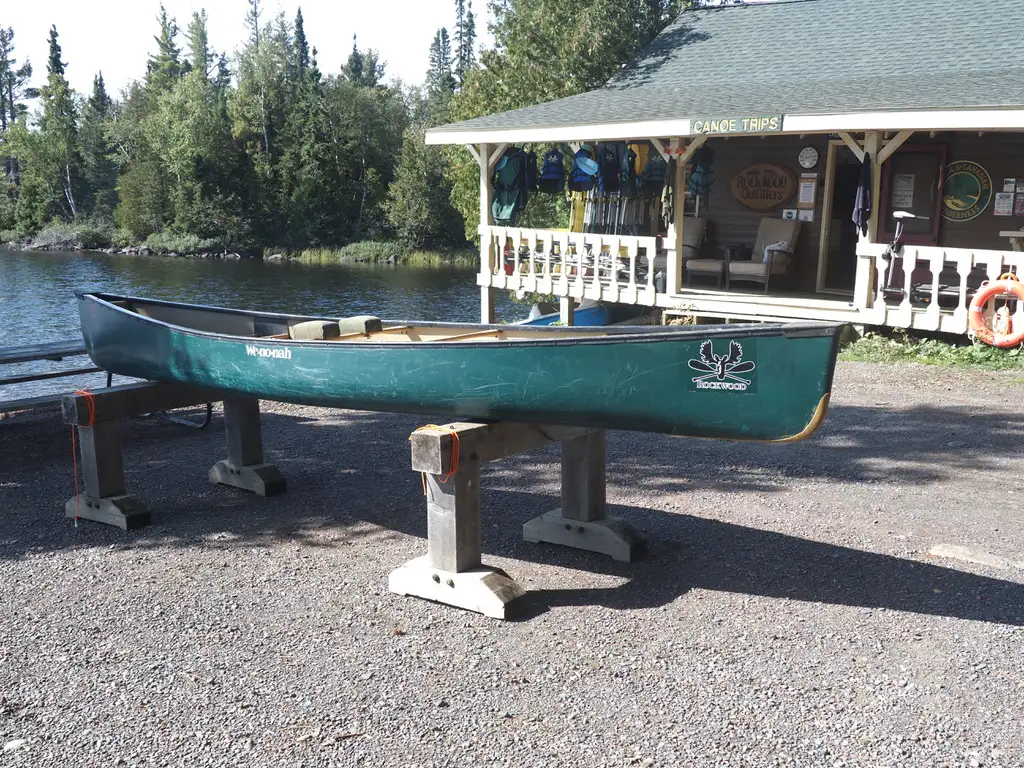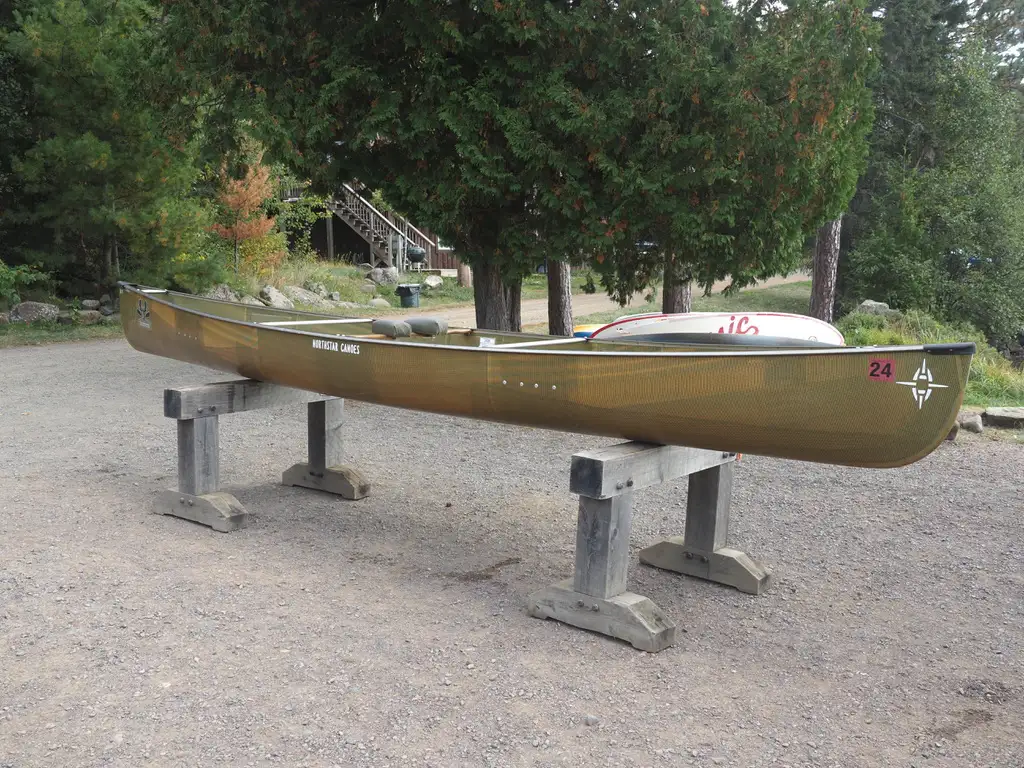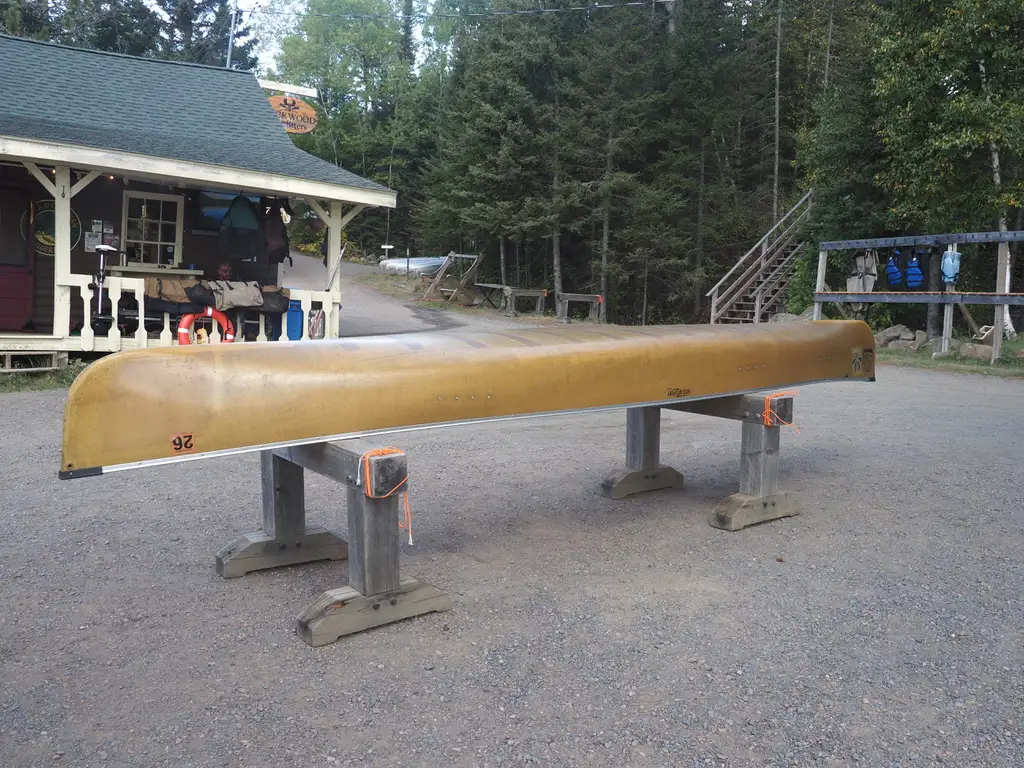Stone Fireplaces–Iconic Symbols of the Northwoods
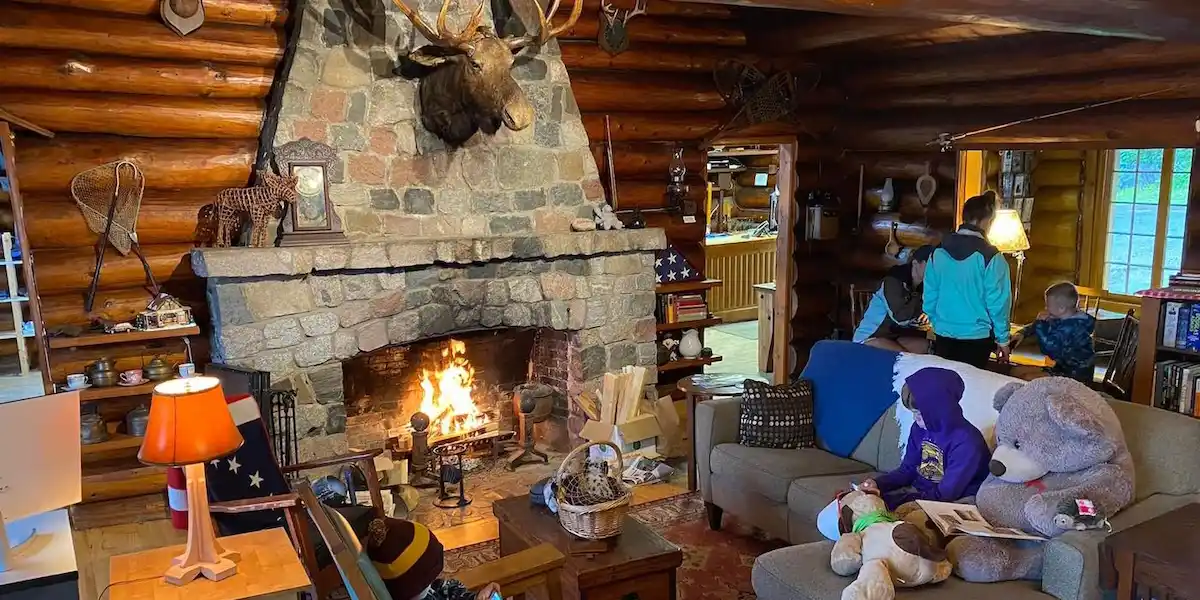
—
On a cold winter evening on the Gunflint Trail, there is nothing like a roaring fire in your cabin’s wood stove or fireplace.
Stone Legacy of fireplaces
But for a step up in the scale of a welcoming fire, a handbuilt stone fireplace that dominates the lodge is just the thing. Many fine resorts on the Gunflint Trail have beautiful stone fireplaces. As part of your BWCAW and Gunflint Trail experience, craft yourself a tour of these magnificent creations.
A stone fireplace is hand-built with locally sourced stones by experienced masonry professionals. Many of the fireplaces in our neck of the woods were built decades ago, and the artisans who created them are gone and largely forgotten. The legacy of their exceptional craftsmanship lives on at places like Gunflint Lodge, Hungry Jack Lodge, White Pine Lodge, Clearwater Lodge and right here at Rockwood Lodge.
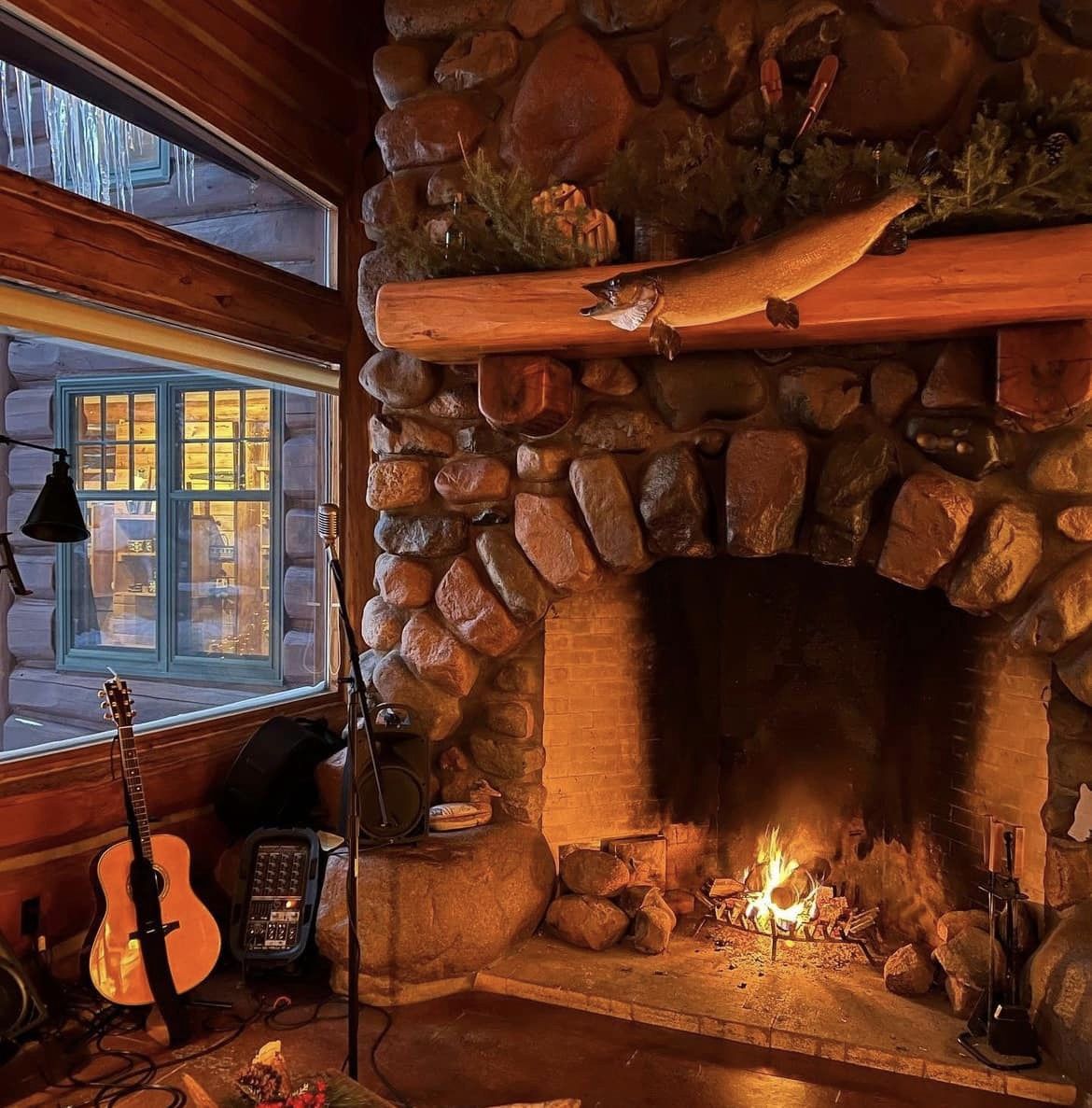
Fireplaces have been around forever. In the early days, they started as little more than holes dug in the ground lined with stones or clay. By the 11th century, chimneys came into play, making living indoors with a fireplace a warmer and less smoke-filled experience.
Stone fireplaces are known for their timeless appearance, evoking warm feelings of comfort and security. They blend well as a focal point in a large, log-built lodge, especially when a fire roars and a drink is to hand.
Stone withstands the high temperatures of a wood fire without warping, cracking, or deteriorating.
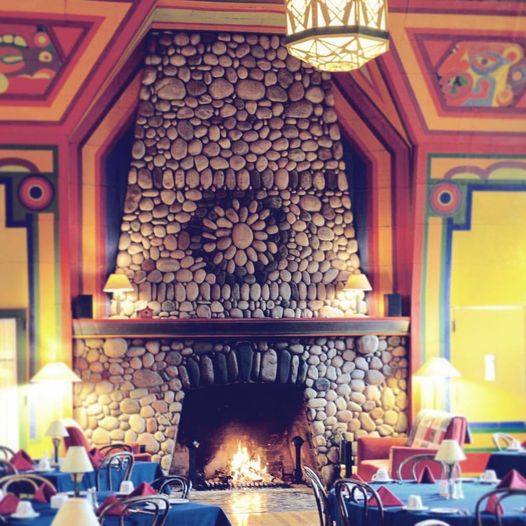
Your tour of stone fireplaces should include our neighbors at the mouth of the Brule River. Naniboujou Lodge sits about 15 miles northeast of Grand Marais. It boasts the largest stone fireplace in Minnesota. Built almost 100 years ago, the fireplace is over 20 feet high and weighs more than 200 tons. It sits on the north wall of the lodge’s colorful 30’X80’ dining room. It was built entirely with Lake Superior stones from its site. Naniboujou is open seasonally, so make sure to check on their hours.
Geological significance in fireplaces
There are other interesting stories in each of the fireplaces you can visit.
One example is the fireplace at the Gunflint Lodge, which was crafted with various stones. Some of the rocks stymied visiting geologists for decades, unsure exactly what they were. Today, scientists know that some of the stones used in the Gunflint Lodge fireplace resulted from one of the world’s largest and oldest meteorite impact events.
Nearly 2 billion years ago, a meteorite estimated at 10 miles in diameter struck the Earth near what is now the city of Sudbury, Ontario, known as the Sudbury Impact. The force of the collision vaporized the meteorite and much of the ground near the impact site, forming a crater more than 150 miles wide. It spawned earthquakes that shattered the ground hundreds of miles away.
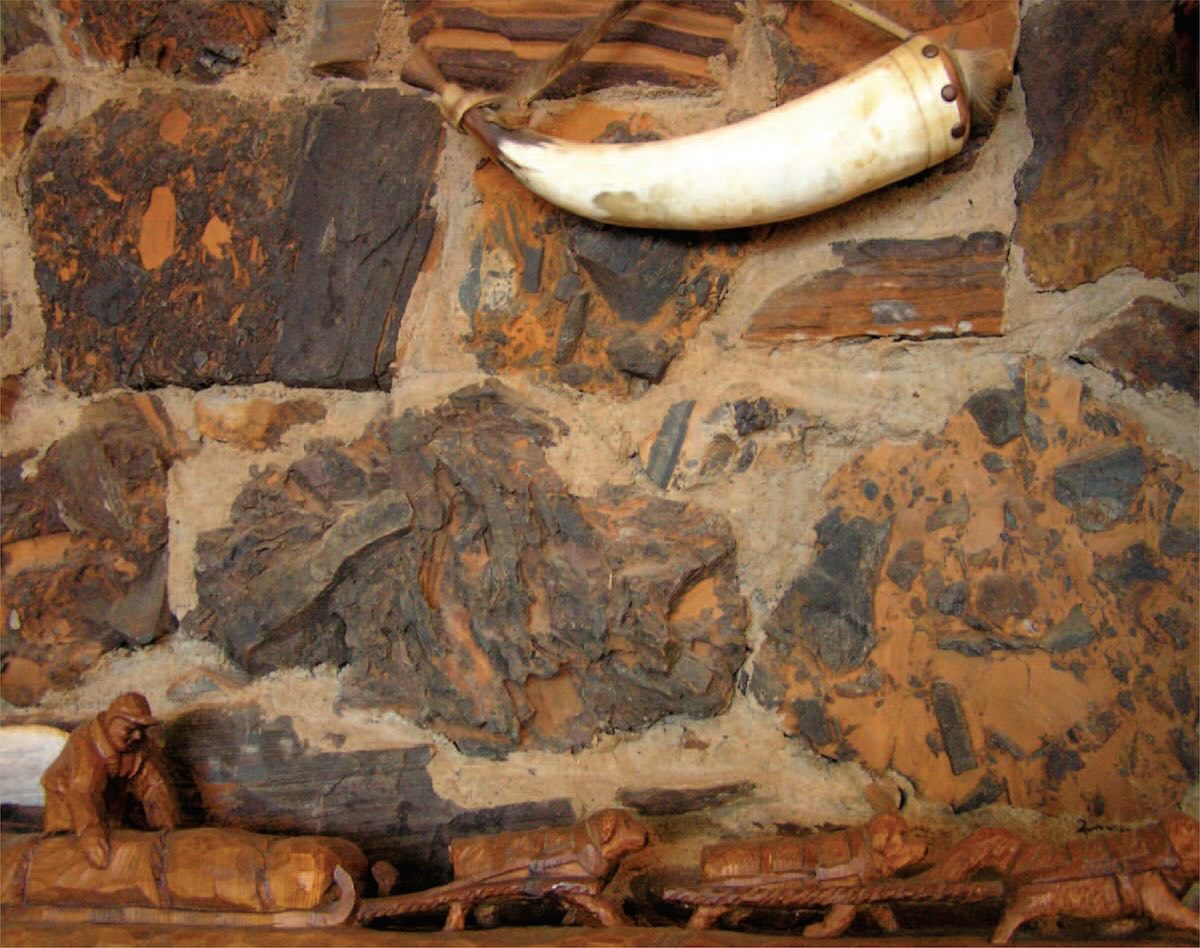
The debris from the impact spreads to include the area around Gunflint Lake, and some of it comes together to form something called accretion lapilli. These tiny pellets form when fine ash accumulates around solid particles. Over time, this material is buried by younger sediments, cemented together, and fused by molten rock to form a solid layer.
The lapilli formed a rock formation north and west of Gunflint Lake. After years of searching, Rockwood guest Brook Vander Leest found one of those formations. Brook is an electrician in the Twin Cities, a frequent visitor to the Gunflint Trail, who is an amateur geologist.
Brook is passionate about spending vacations and holidays on the Gunflint Trail and just as passionate about rocks. On a Facebook post on January 2, he wrote, “OK sooo big day for me. After searching the hills west of Gunflint Lake for a few years, I finally found a very special rock formation.” It was the remains of the so-called Sudbury Impact.
Some of the stones used in the Gunflint Lodge fireplace came from a similar formation.
A couple of billion years was a long time ago, but the stone fireplaces you’ll visit at the lodges on the Gunflint Trail are a particular part of our history.
We’ve included pictures of some of them, and we hope you will visit them soon.

